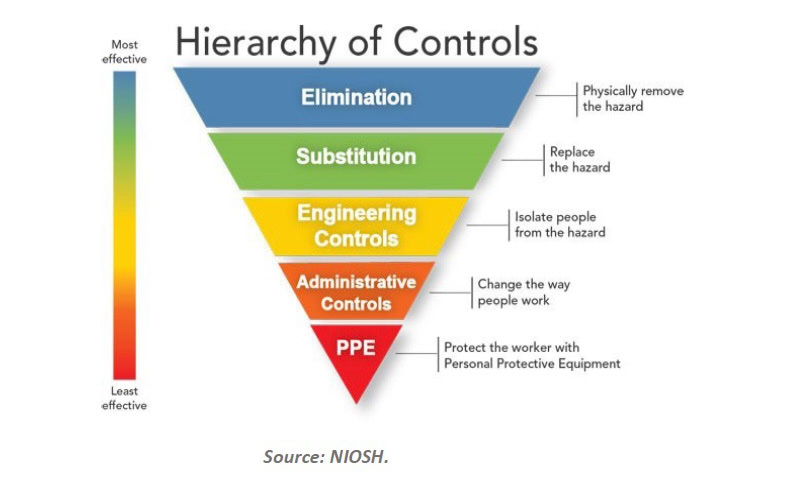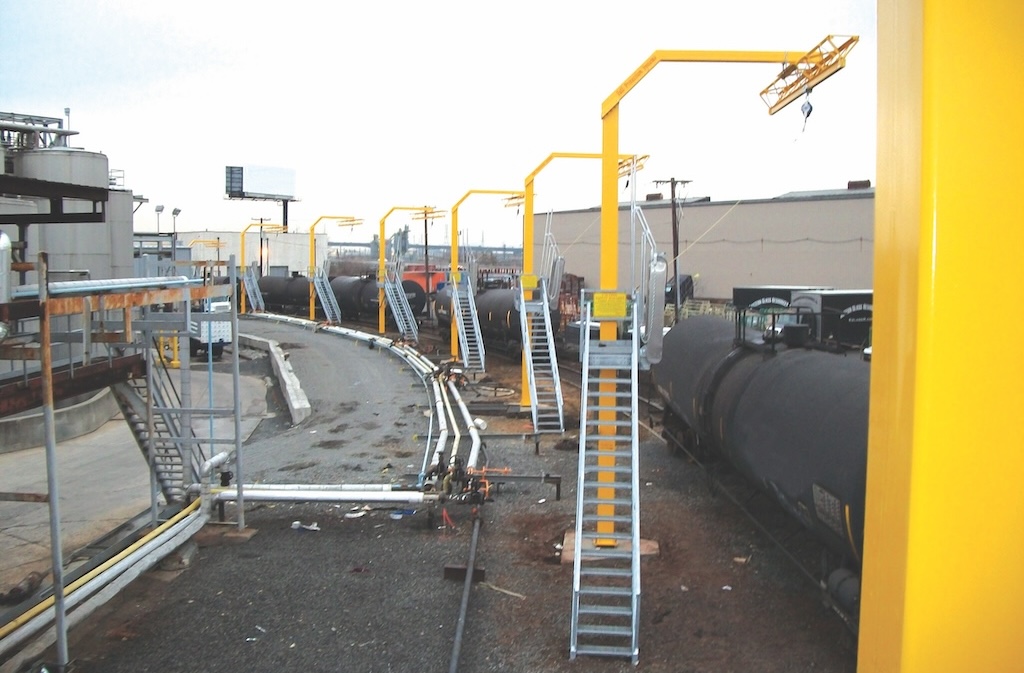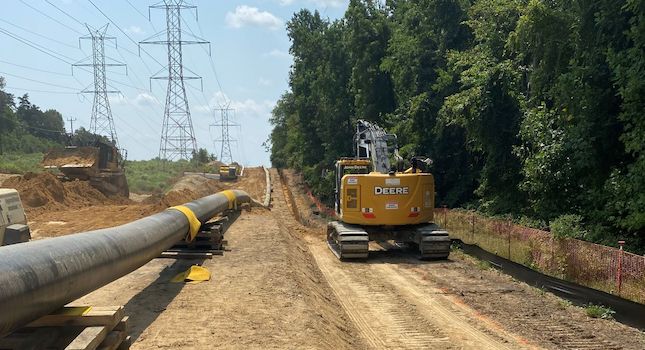Today’s manufacturers have more insight into corporate environmental sustainability than ever before. Sustainable manufacturing is all about choices – finding ways to be more strategic and reducing waste and energy while benefiting the bottom line. Essentially, an efficient plant is a more environmentally sustainable plant.
Today’s manufacturers have more insight into corporate environmental sustainability than ever before. Sustainable manufacturing is all about choices — finding ways to be more strategic and reducing waste and energy while benefiting the bottom line.
Essentially, an efficient plant is a more environmentally sustainable plant. Choosing the right technology is just one of many ways to become more sustainable and demand-driven — transforming a traditionally slow moving industry into a more progressive and greener thinking one. With this in mind, many manufacturers are striving for operational excellence in creating the ideal plant floor.
Understanding the importance of sustainable manufacturing is the first key to success. In order to meet current challenges, it is critical that manufacturers shift their thinking from a compliance-based approach around environment issues, to a profit-centric and efficiency approach where “being green” equates to increased profits.
Instead of struggling or lagging behind the current industry trends and choices, how can manufacturers work toward a more sustainable future? Can investing in technology today ensure a more sustainable future? And, most importantly, can sustainable manufacturing benefit more than just the bottom line by connecting with the strategic business function?
Making sense of it all
Overall, the manufacturing industry is focusing on compliance and developing higher standards. The government is continually taking steps to ensure that manufacturers are doing their part, and being leaner and greener. Taking the time to invest in resources early in the game can help cut back on lost time and make the transition smoother as sustainable manufacturing slowly becomes a necessity. Going green can mean happier customers, partners and stakeholders as well.
Sustainable manufacturing is also important to the quality of current and future jobs. Being sustainable involves being strategic, innovative and productive. A greater connection between the executives and the plant floor, sustainable strategies and demand-driven goals will continue to connect employees and fuse the culture to create a happier and more efficient organization. It is no secret that satisfied employees who feel they are making a difference are an invaluable asset to any manufacturing organization. Technology can work to make that connection.
As well, with the many discussions around skills shortages in manufacturing, showing that manufacturing is taking an environmentally sustainable path will help to entice the younger generation to support the manufacturing industry, and consider it as an industry worth working in.
Building the technology bridge
So, how can manufacturers become more sustainable? Implementing the right technology can help manufacturers get closer to their green goals and benefit their bottom line. Investing in new technologies is really about connecting strategy and sustainability. Manufacturers are finding that by investing in new manufacturing technologies, they are able to dig a little deeper and connect the dots between operational excellence and being more sustainable.
Take overall manufacturing productivity as an example. The right technology can help to identify and remove constraints or barriers that limit the overall productivity of any manufacturing process. If a manufacturer increases efficiencies from 70% to 80%, this means that the plant can produce the same amount of product in 10% less operating time. This 10% means lower electrical consumption, compressed air consumption, water consumption and reduction in other operating costs.
In many cases, manufacturers are able to eliminate unnecessary weekend overtime shifts because of the productivity gains realized during the regular five day production schedule. Think of the environmental savings that result from idling the plant during weekends.
Manufacturers have a way of visually understanding constraints in their manufacturing value streams. They are able to put more focus and attention on matters with the biggest impact on waste and inefficiency. Technology ensures that the few and precious resources available for continuous improvement projects are focusing on the most critical issues.
For example, instead of attempting to fix all the issues on a given manufacturing line, the issues are organized in order of importance as to how they directly impact end-of-line performance.
This kind of insight is invaluable when manufacturers are faced with myriad problems ranging from equipment downtime, operator issues, changeover inefficiencies and material shortages. Which of these issues is most harmful to the objective of productivity?
Lastly, implementing technology can help manage major expenditures on plant equipment. It can analyze the actual machine performance and decipher whether or not the constraint is a result of poor equipment performance or a need for more efficient staffing. Pinpointing equipment efficiencies can also mean energy reduction or determining the need to invest in more efficient equipment leading to greener results.
Every level of the manufacturing process must be interconnected to ensure that there is seamless productivity, efficiency and results. By implementing technology early in the process, there can be greater value and efficiency overall. Leveraging technology will not only improve the bottom line, it will help the planet stay green.
Author Information
Dennis Cocco is chief product strategist for Activplant Corp.



